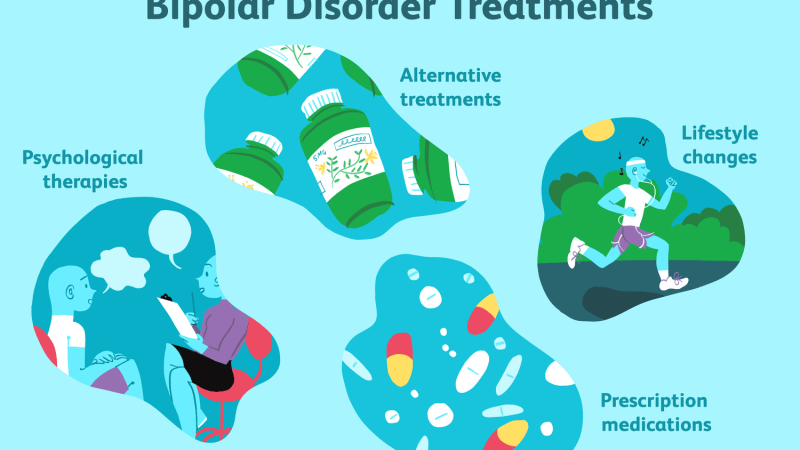In today’s digital age, having a professional website is essential for any business, whether you run a small local shop or a large e-commerce store. A well-designed website helps establish credibility, attract customers, and increase sales. However, many business owners feel overwhelmed by the process of building a website.
Why Your Business Needs a Website
Before diving into the technical aspects, it’s important to understand why a website is crucial for your business:
-
Credibility & Trust – Customers expect businesses to have an online presence. A professional website builds trust and legitimacy.
-
24/7 Accessibility – Unlike a physical store, a website is always open, allowing customers to browse and purchase anytime.
-
Marketing & Branding – A website serves as a central hub for your digital marketing efforts, including social media, email campaigns, and SEO.
-
Customer Engagement – You can interact with customers through contact forms, live chat, and blogs.
-
Competitive Advantage – If your competitors have a website and you don’t, you’re losing potential customers.
Now, let’s get into the step-by-step process of building a business website.
Step 1: Define Your Website’s Purpose & Goals
Before you start designing, ask yourself:
-
What is the primary purpose of your website? (e.g., selling products, generating leads, providing information)
-
Who is your target audience?
-
What actions do you want visitors to take? (e.g., make a purchase, sign up for a newsletter, contact you)
Having clear goals will guide your design and content strategy.
Step 2: Choose a Domain Name
Your domain name (e.g., www.yourbusiness.com) is your website’s address. Follow these tips when selecting one:
-
Keep it short & memorable – Avoid complex spellings.
-
Use keywords – If possible, include words related to your business (e.g., “bestbakery.com”).
-
Stick with .com – It’s the most trusted and recognizable extension.
-
Avoid numbers & hyphens – They can cause confusion.
You can register a domain through providers like:
-
GoDaddy
-
Namecheap
-
Google Domains
Step 3: Select a Web Hosting Provider
Web hosting is where your website’s files are stored. Key factors to consider:
-
Uptime reliability (99.9% uptime is ideal)
-
Speed & performance (affects user experience & SEO)
-
Customer support (24/7 support is best)
-
Scalability (can your hosting grow with your business?)
Popular hosting providers include:
-
Bluehost (great for beginners)
-
SiteGround (fast & secure)
-
HostGator (affordable)
-
WP Engine (premium WordPress hosting)
Step 4: Choose a Website Platform (CMS)
A Content Management System (CMS) allows you to build and manage your website without coding. The best options are:
1. WordPress (Most Recommended)
-
Pros: Highly customizable, SEO-friendly, thousands of plugins.
-
Cons: Requires some learning curve.
2. Wix (Beginner-Friendly)
-
Pros: Drag-and-drop builder, easy to use.
-
Cons: Less flexible than WordPress.
3. Shopify (For E-Commerce)
-
Pros: Built for online stores, secure payments.
-
Cons: Monthly fees can add up.
For most businesses, WordPress + WooCommerce (for e-commerce) is the best choice due to its flexibility and scalability.
Step 5: Design Your Website
A well-designed website improves user experience and conversions. Follow these best practices:
A. Choose a Professional Theme
-
WordPress: Use themes like Astra, Divi, or OceanWP.
-
Wix/Shopify: Pick a template that matches your industry.
B. Keep the Layout Clean & User-Friendly
-
Use a clear navigation menu.
-
Ensure fast loading speed (optimize images, use caching).
-
Make it mobile-responsive (most users browse on phones).
C. Essential Pages to Include
-
Homepage – Clear value proposition, call-to-action (CTA).
-
About Us – Tell your brand story.
-
Products/Services – Detailed descriptions & pricing.
-
Contact Page – Phone, email, contact form, Google Maps.
-
Blog (Optional) – Helps with SEO and customer engagement.
Step 6: Add Essential Plugins & Tools
If using WordPress, install these must-have plugins:
-
SEO: Yoast SEO or Rank Math
-
Security: Wordfence or Sucuri
-
Speed Optimization: WP Rocket or Smush
-
Backup: UpdraftPlus
-
Contact Forms: WPForms
For e-commerce sites (WooCommerce plugins):
-
Payment Gateways: Stripe, PayPal
-
Shipping: WooCommerce Shipping
-
Product Reviews: Customer Reviews Plugin
Step 7: Optimize for SEO (Search Engine Optimization)
SEO helps your website rank higher on Google. Key SEO steps:
-
Keyword Research – Use tools like Google Keyword Planner or Ubersuggest.
-
On-Page SEO – Optimize titles, meta descriptions, headers (H1, H2).
-
Mobile Optimization – Google prioritizes mobile-friendly sites.
-
Fast Loading Speed – Use GTmetrix to check speed.
-
Quality Content – Publish helpful blog posts related to your business.
Step 8: Set Up Analytics & Tracking
To measure website performance, use:
-
Google Analytics – Tracks visitor behavior.
-
Google Search Console – Monitors search rankings.
-
Heatmaps (Hotjar) – Shows how users interact with your site.
Step 9: Test & Launch Your Website
Before going live:
-
Test all links & forms.
-
Check for broken images.
-
Test on mobile & different browsers.
-
Enable an SSL certificate (HTTPS for security).
Once everything works, publish your site!
Step 10: Promote Your Website
A website alone won’t bring traffic. Promote it through:
-
Social Media Marketing (Facebook, Instagram, LinkedIn)
-
Email Marketing (Collect emails via opt-in forms)
-
Google My Business (For local SEO)
-
Paid Ads (Google Ads, Facebook Ads)
-
Content Marketing (Blogs, videos, infographics)
Conclusion
Building a business website may seem daunting, but by following these steps, you can create a professional, functional, and high-converting site. Start with a clear plan, choose the right platform, design for user experience, optimize for SEO, and continuously improve based on analytics.
Your website is an investment that will help grow your business, attract customers, and establish your brand online. So, take the first step today and build a website that drives success!
For more information click herep: Build A Website For Business





